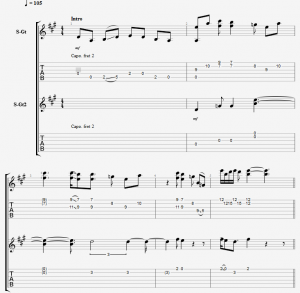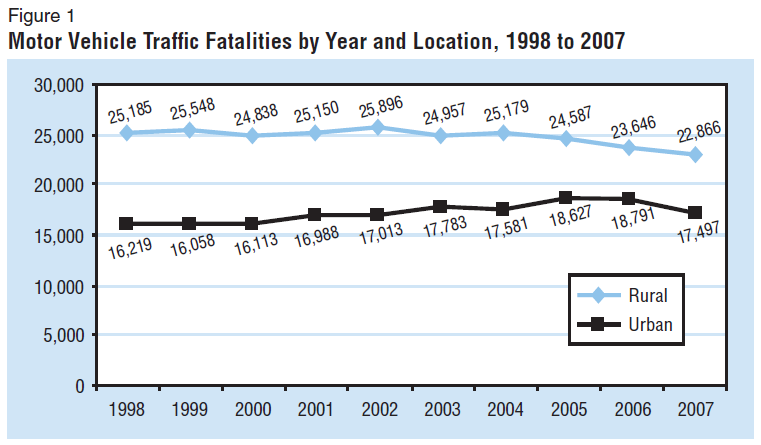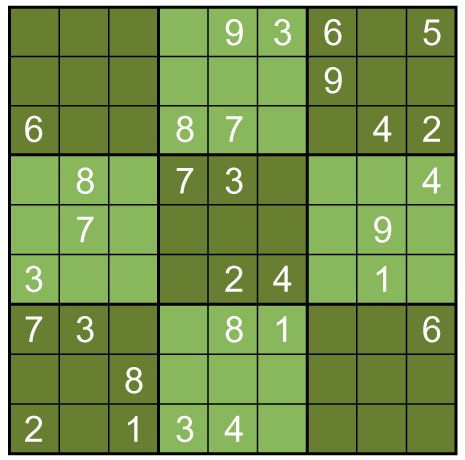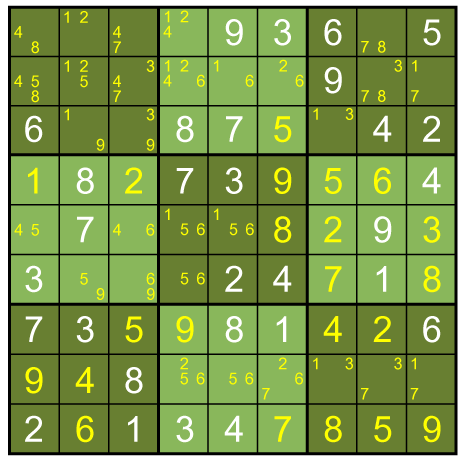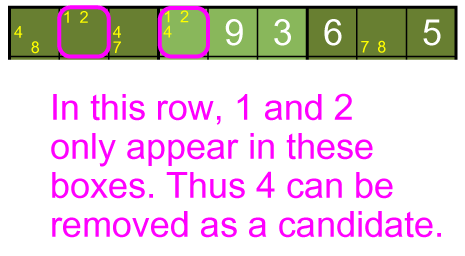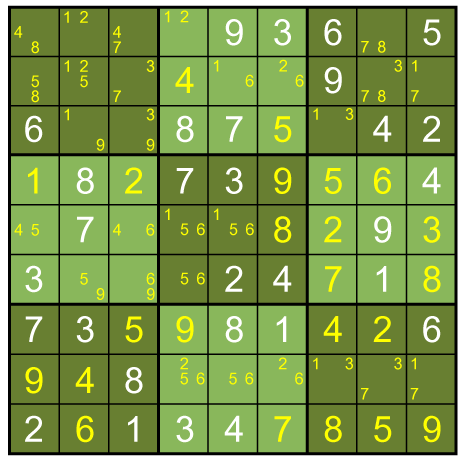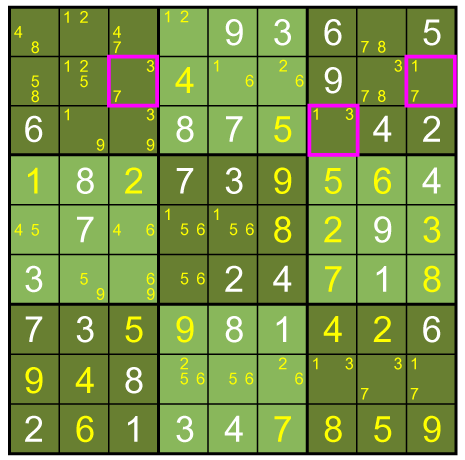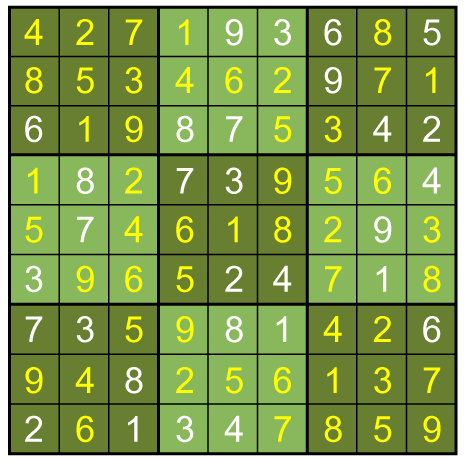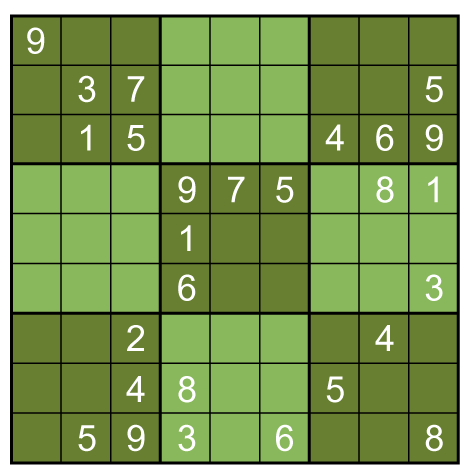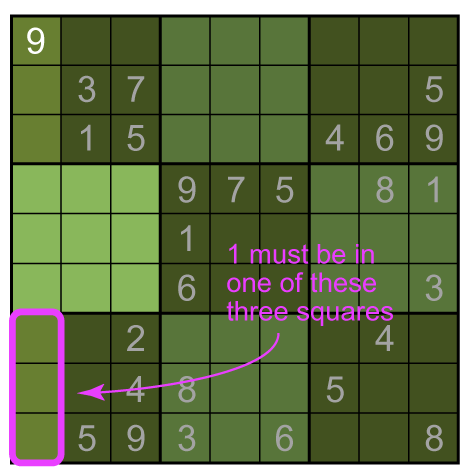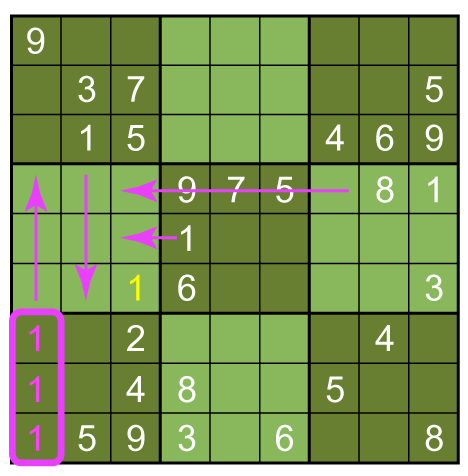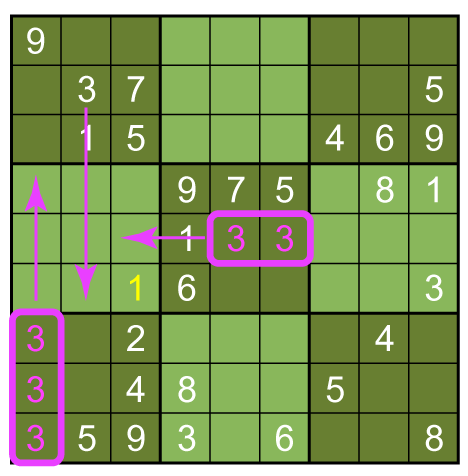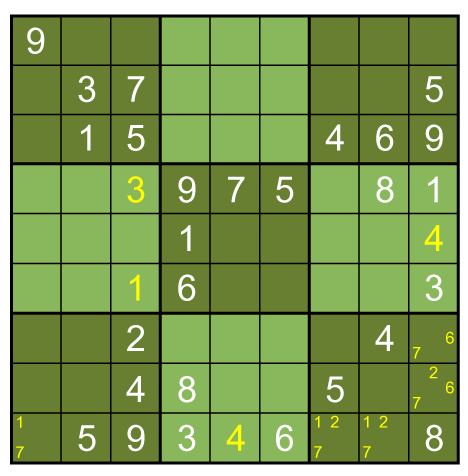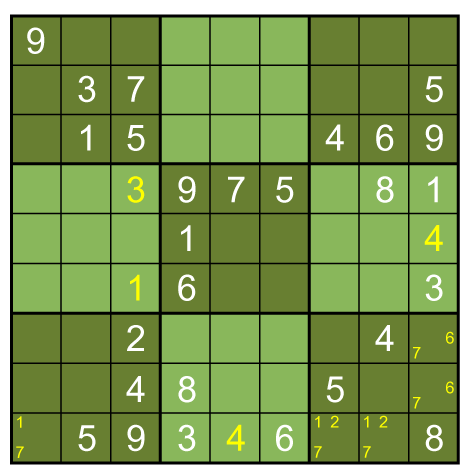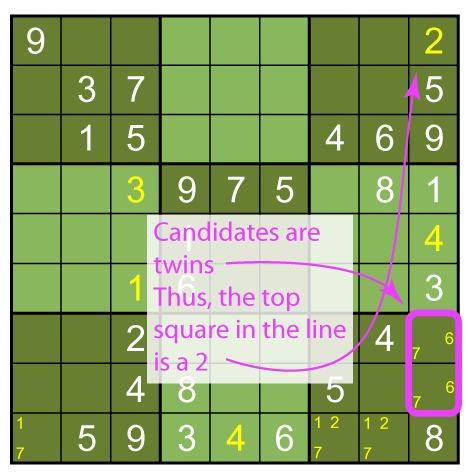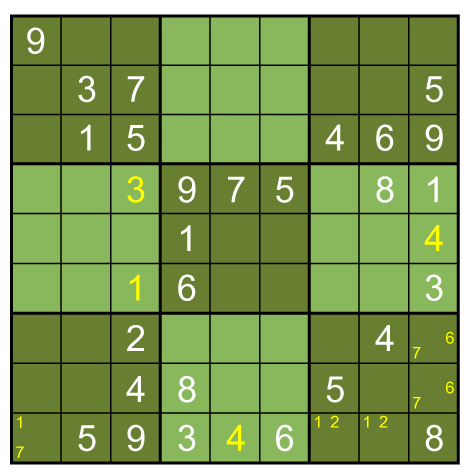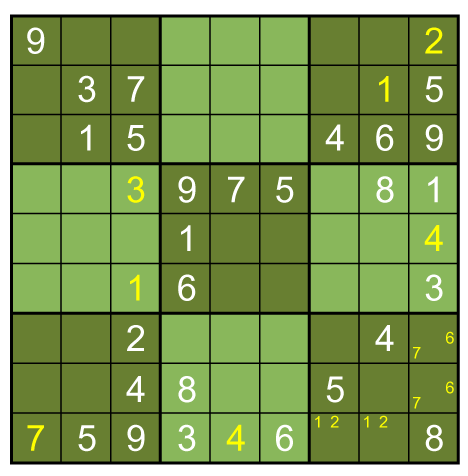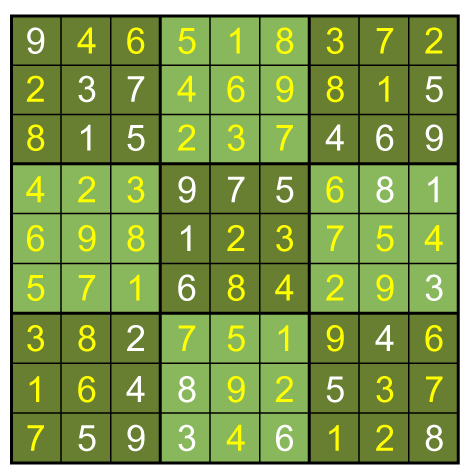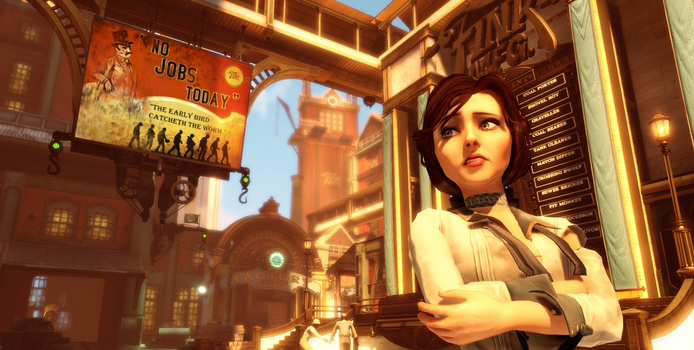
How much of life can you evoke in a medium where the point of view is confined to that of a man walking around shooting things? Game designer Ken Levine has been trying to answer this questions for many years.
The first game of his I was aware of was System Shock 2, where you play a man trying to single-handedly stop a massive infestation of a space ship at the behest of a malevolent artificial intelligence. It's a first person point of view where you walk around and shoot stuff, hack terminals, and hoard stuff. System Shock 2 wasn't really what I would call good, really, and it certainly hasn't aged well---there really was no substance to the game beyond running around, hoarding objects, and shooting stuff.
Adventure under the sea
Later, and more famously, Levine created a game called Bioshock. That game takes place in 1960 in Rapture, a city built on the bottom of the ocean by a man named Andrew Ryan. Unsaid is that it was modeled after the principles of Ayn Rand. Ryan built the city to get away from taxation, progressivism, medical ethics, religion, and environmental conservation (each is cited as a reason in dialog), creating what would be basically recognized as a Libertarian (big L) city. The city is clearly modeled after the gulch that John Galt takes his fellow characters to in Atlas Shrugged that they might escape all government intervention.
The player character in that game is Jack, and we know all of nothing about Jack other than he crash lands above Rapture and takes a bathysphere down to it, finding the city in shambles. Rapture has devolved into chaos and murder after a criminal cartel stokes the fires of literal class warfare and builds an army on the back of cheaply available genetic alteration. Soon total anarchy reigns as mindless addicts roam around in search of ADAM, the material that powers these genetic alterations.
Jack is just trying to survive at first, but soon becomes embroiled in the war for Rapture itself between Andrew Ryan and gangster Frank Fontaine. At no point past the opening scene does Jack speak or express himself in any real way, and as such Bioshock has no main character. This is the curse of the silent protagonist, which gaming has yet to shed.
Bioshock's setup by itself could have been great. This is high-concept stuff, and Levine doesn't necessarily go for the most obvious problems with a purely libertarian society, instead allowing a more specific and organic plot to establish itself (to wit, the conflict between organized crime that develops on Rapture and Ryan, who ultimately becomes a government entity). It highlights the obvious issues with such a society, but doesn't belabor the points. Coming out amid the fall of libertarianism in many circles (2007), it was also timely.
But Bioshock in the end has a story that's just as hacky as any by M. Night Shyamalan.
SPOILERS
Jack has had his memories replaced and is actually Andrew Ryan's son, kidnapped by gangster Fontaine and programmed to kill for him. He highjacks the plane that crashes above Rapture so that he can enter the city and assassinate Ryan. After he does so, he is saved by a doctor on Rapture and goes on to kill Ryan.
END SPOILERS
It's not clear why Levine needed to rely on such a silly thing---wasn't the setup alone enough to go on? Add to this the concept of the victims of childhood experimentation, the Little Sisters, and you have more than enough grist for any mill.
So, Bioshock ended up not being a very good game (note, though, that Metacritic lists it as the 9th best reviewed game of all time, with 96% positive reviews). None of the characters is the least bit interesting, and you never interact with them anyway, besides showing up to shoot them in the face.
Up Up and Away
All of this leads me up to Bioshock Infinite, which really has nothing to do with Bioshock, other than it being developed by Ken Levine and having many of the same gameplay elements as the other Shocks. Infinite takes place long before its predecessor, in 1912, in the equally outrageous floating sky city of Columbia. (The city appears to float on dirigibles, but the game goes on to claim that quantum physics is involved.) Columbia was built by the USA, but was taken over by Zachary Comstock, who as its leader secedes from the US (and as it floats far above them, is not so easy to invade). Columbia is a microcosm of the postbellum South, demonizing Abe Lincoln while hailing Jefferson Davis, dehumanizing blacks and promoting strict Christianity (Comstock is called the Prophet).
Into Columbia is dropped our non-silent protagonist Booker DeWitt. DeWitt says he's been enlisted to go to Columbia to retrieve a woman, Elizabeth, who's being held captive there. DeWitt was a soldier with a checkered past, having participated in the massacre at Wounded Knee and been fired from the Pinkerton Detective Agency. He owes gambling debts, and takes this job to wipe them out.
When DeWitt arrives in Columbia he is baptized, and nothing about the game tries to hide its references to (and criticisms of) Christianity, especially Baptist Christianity. Afterward Booker ... walks around for awhile, takes in the sights. This is a first person shooter where you don't shoot anything, hit anything, or do anything except walk around, see the sights, eat hot dogs and candy, for the first, say, 30 minutes. It's marvelous, it's beautiful, and it's amazing. In this alternate universe a barbershop quartet in 1912 sings the Beach Boys' God Only Knows while floating on a moving stage; a turn-of-the-century couple enjoys the novelty of iced cream while chattering about this and that. The wonder of Rapture from Bioshock lasts only a few minutes before you're forced to start hitting guys with a wrench in confined spaces, but in Infinite's Columbia we get an open, bustling, living city to walk around in and explore. Nobody will try to fight you. You are unarmed. It's great.
Soon enough, DeWitt finds Elizabeth and frees her from her prison, narrowly escaping the clutches of a gigantic mechanical bird that serves as her jailer. After the escape they arrive on an artificial beach (floating in the sky, of course). And then ... you and Elizabeth walk around, look at it all. Elizabeth has never been out of her jail, but she has read and seen pictures all her life, and she is a marvel to behold. As the player (as DeWitt) walks around, she goggles at cotton candy, at music and dancing on the pier, at the promise of an airship that goes to Paris. Now you're not only enjoying the fantastical surroundings, but the joy of seeing a person experiencing life for the first time. After a few more fighting segments, you explore a boardwalk with even more of this. All of it's optional, all of it's missable if you just want to get through the game. Go ahead, don't walk by the stage with animatronic puppets that Elizabeth is entranced by. You monster.
In short, Bioshock Infinite's first two hours is what I would call pretty much the finest experience gaming has ever offered. It has more heart and creativity than I've ever seen in the medium. It's a joy.
The curse of J.J. Abrams
It's a sad fact that some of the greatest pieces of art are harbingers of the awful tropes and tricks that you will be seeing for the next 20 years. The magnificent Star Wars heralded the age of mindless blockbusters which rely on special effects to woo equally mindless viewers. Batman Begins and Casino Royale (both wonderful films) began the current spate of "gritty reboots", remakes of older movie franchises with more serious tone which Hollywood cannot currently get enough of.
And Lost began the trend that every god damn thing has to have time travel and multiple dimensional chicanery. The problem here is that J. J. Abrams's forays into time travel and multidimensional stuff (in Lost, Felicity, and in Fringe) were fun as hell, but handled quite deftly, and then mainly let go. In Star Trek the time travel sets up the movie, but after that it is not a factor. Felicity doesn't introduce the time travel until the final 4 episodes of the final season, and even then it's a one-time deal that motivates the action.
In Bioshock Infinite, the setup was already there. The gray protagonist anti-hero Booker, the learned and spunky Elizabeth, the odious racist and megalomaniac Comstock, the floating city and its denizens---all of this adds up to something special and complete. Make your story, it would be great. But that wasn't enough for Levine. Just like Bioshock had to have a memory-loss twist Luke-I'm-Your-Father moment, Infinite suffers from the Lostification of everything. Namely, Elizabeth can open portals to other dimensions. Also
MILD SPOILERS
Booker's memory is also incomplete and he has a connection to his place
END SPOILERS.
As such, Bioshock Infinite falls back on tropes for its last couple hours, tropes that are so prevalent (due to J.J. Abrams, in part) that they are boring. They overshadow the real drama, and sully the joy from the beginning. Before long, you and Elizabeth are jumping in between timelines, so that the events that you experienced are expunged, and maybe I'm just an old person, but that kind of thing is dumb. It's cheap, it's blunt, it's an easy way out of having deal with hard consequences of other things written into your story. And if it's not in the service of rebooting something, what the hell is the good of it?
Bioshock Infinite is a good game, a very good one. But it could have been a nearly perfect one, one which elevated the medium, one which said that shooting people in the head and doing sci-fi gobbledygook aren't the only things gamers want to do. Gamers can handle pathos, and suffering, and redemption, and wonder, without any stupid nonsense. They can handle a stark look at racism and Christianity, at the deification of our slave-holding American forefathers, at the possessiveness of a father who's driven by vanity, and the mixed morality of a degenerate gambler-cum-savior.
At one point in the narrative, Elizabeth spies a guitar sitting in a storeroom, with a terrified little boy hiding under the stairwell. Booker can, at the player's behest, go to the guitar and strum chords as Elizabeth softly sings the spiritual May the Circle Be Unbroken, while handing the child an apple from a nearby barrel. The child recoils, but then relaxes a bit as he sees the gift and the apparent kindness of the people in front of him. What a lovely, inspired moment. I would pay an awful lot of money to play more of that game.






